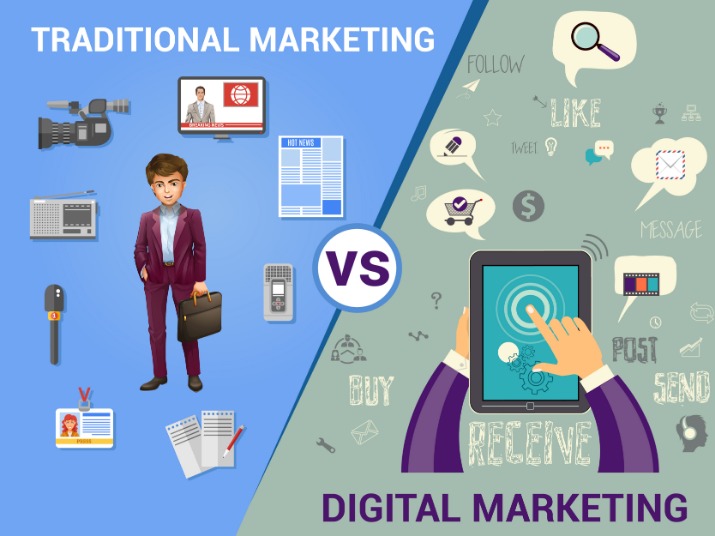In the ever-evolving landscape of digital advertising, YouTube stands out as a prime platform for reaching diverse audiences. Advertisers are consistently seeking ways to tailor their messages with pinpoint accuracy. Enter contextual targeting on YouTube, a strategy that focuses on the content in which the ad is embedded rather than the characteristics of individual users.
What is Contextual Targeting?
Contextual targeting involves displaying ads based on the context of the content being consumed. This method analyzes the video content, including keywords, metadata, and other contextual signals, to determine the most relevant ads to serve viewers.
Benefits of Contextual Targeting on YouTube
- Relevance: Ads are served based on video content, making them more relevant to the viewers’ current interests.
- Privacy-friendly: This method does not rely on user data, which addresses privacy concerns and complies with data protection regulations.
- Brand safety: Ads appear in suitable content environments, reducing the risk of negative brand associations.
Implementing Contextual Targeting
- Identify the key themes and topics within your target audience.
- Utilize YouTube’s tools or partner platforms to analyze video content and align it with your advertising goals.
- Monitor and optimize ad performance by reviewing metrics and adjusting targeting strategies as needed.
For businesses looking to delve deeper into this digital advertising approach, contextual targeting on YouTube provides a gateway to engage audiences effectively, ensuring ads are as impactful as possible.
FAQs
How does contextual targeting differ from traditional targeting methods?
While traditional targeting often relies on user demographics or behavior, contextual targeting focuses on the content itself. This allows ads to be placed alongside relevant material without infringing on user privacy.
Is contextual targeting cost-effective?
Yes, by targeting content rather than users, businesses can often achieve more efficient ad spend. Ads tend to perform better when the context aligns with the message, leading to higher engagement and conversion rates.
Can contextual targeting improve brand image?
Absolutely. When ads appear in the right context, they enhance credibility and resonance, fostering a positive brand perception. Additionally, this approach can minimize the risk of associating with unsuitable content.
In conclusion, leveraging contextual targeting on YouTube not only aligns advertising with relevant content but also optimizes the overall campaign effectiveness, contributing to greater success in the digital marketing realm.





